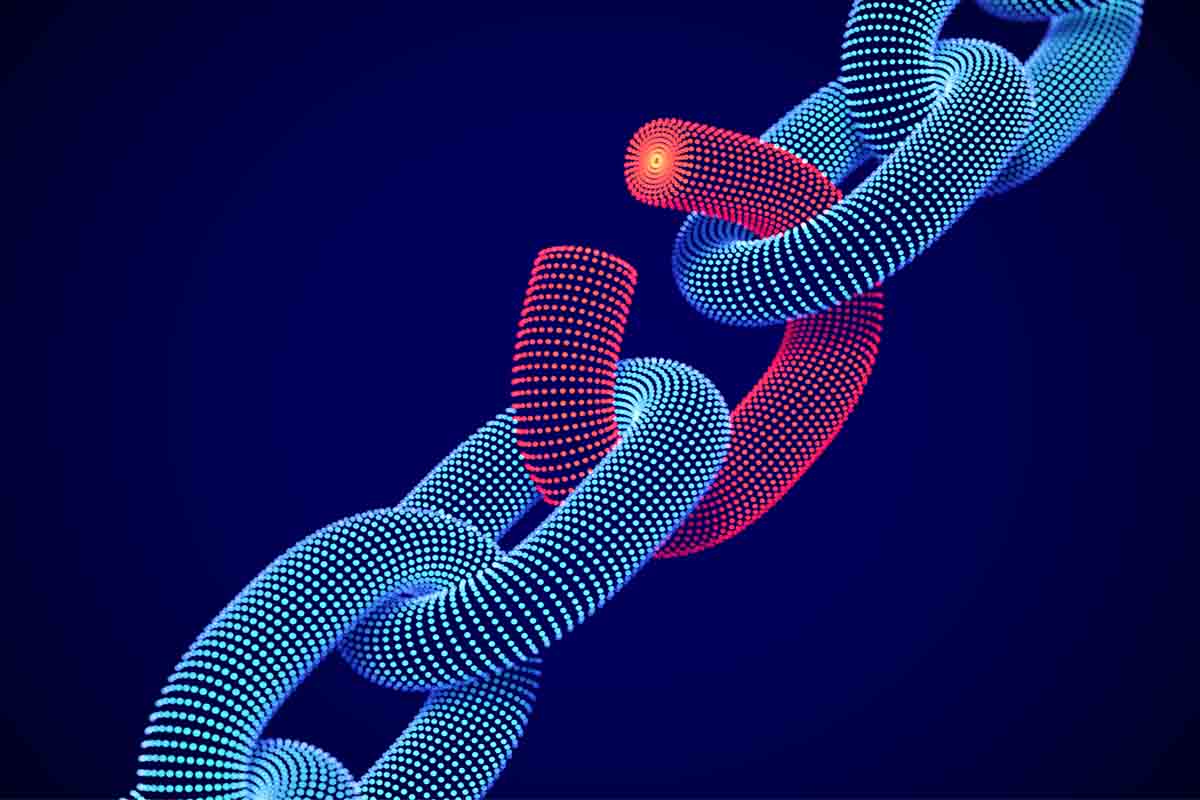Because this piece does not have an abstract, we have provided for your benefit the first 3 sentences of the full text.
To the Editor:The national Zero Suicide prevention framework emphasizes systematic identification of suicide risk across health care settings. Previous research indicates that item 9 of the commonly used 9-item Patient Health Questionnaire (PHQ-9) for depression (regarding wishes for death or thoughts of self-harm) strongly predicts subsequent suicide attempt and suicide death. Nevertheless, over one-third of suicide attempts and suicide deaths occur among patients reporting thoughts of death or self-harm "not at all.” ‘ ‹
This work may not be copied, distributed, displayed, published, reproduced, transmitted, modified, posted, sold, licensed, or used for commercial purposes. By downloading this file, you are agreeing to the publisher’s Terms & Conditions.
Reevaluating Sensitivity of Self-Reported Suicidal Ideation
To the Editor: The national Zero Suicide prevention framework1 emphasizes systematic identification of suicide risk across health care settings. Previous research indicates that item 9 of the commonly used 9-item Patient Health Questionnaire (PHQ-9) for depression (regarding wishes for death or thoughts of self-harm) strongly predicts subsequent suicide attempt and suicide death. Nevertheless, over one-third of suicide attempts and suicide deaths occur among patients reporting thoughts of death or self-harm "not at all."2,3 Given this false-negative rate, clinicians and health systems may be reluctant to use self-report questionnaires for systematic identification of suicide risk. In hopes of improving the sensitivity of the PHQ-9 or similar self-report measures, we undertook a systematic reevaluation of apparent false-negatives.
Methods. Between April 2016 and January 2017, insurance claims and electronic health records from Kaiser Permanente Washington were used to identify all recorded ICD-10-CM diagnoses of self-inflicted injury or poisoning preceded by a response of "not at all" to PHQ-9 item 9 in the previous 60 days. The first author reviewed full-text medical records on or near the date of the index diagnosis to identify any documentation of injury or poisoning and any documentation regarding treating providers’ assessment of intent (ie, accidental, assault, intentionally self-inflicted, or undetermined). The Kaiser Permanente Washington institutional review board approved a waiver of consent for use of records data in this research.
Results. Electronic health records and insurance claims identified 51 apparent false-negative events: an ICD-10-CM diagnosis of self-inflicted injury or poisoning preceded by a PHQ-9 item 9 response of "not at all" in the prior 60 days (59% female; mean age, 46 years). For 3 events (identified solely by insurance claims), no medical records for any encounter were available on or near the index diagnosis date. Of the 48 cases with records available, review identified 16 cases with documentation of self-inflicted injury or poisoning clearly judged to be intentional (15 diagnoses from emergency or mental health, 1 in primary care). Four additional cases had clear documentation of injury or poisoning with provider judgment that intent (accidental or self-inflicted) could not be determined. Of those remaining, 4 were visits or hospitalizations with documentation of suicidal ideation but no documentation of any injury or poisoning on or near the date of the index diagnosis. Two cases described remote rather than recent self-harm. The remaining 22 cases included documented injuries or poisonings that did not seem to be plausible mechanisms for intentional self-harm (eg, insect bite, allergy shot) or were expected toxic effects of medications or other substances (eg, gastritis due to nonsteroidal anti-inflammatory drug use, toxic effect of pepper spray).
Review of full-text medical records found that only 31% of suspected false-negative suicide attempts were clearly confirmed as self-inflicted injury or poisoning. An additional 8% appeared to be injuries or poisonings with undetermined intent, and records were unavailable for review for approximately 6%. The remaining 55% of events initially classified as false-positives either had no documentation of injury or poisoning or had implausible injury/poisoning diagnoses for self-harm or suicide attempt.
We have previously reported that approximately 90% of all suicide attempts identified by ICD-9-CM diagnoses in this health system were confirmed by review of full-text medical records.4 The much lower rate in this sample of "screen negative" patients may be a temporal effect or may instead illustrate the epidemiologic principle that positive predictive value (eg, confirmation rate) depends critically on actual prevalence.
The false-negative rate for PHQ-9 item 9 in identifying risk of suicide attempt may not be as high as suggested by previous research.2,3 While replication in other health systems is necessary, these findings offer reassurance to clinicians and health systems using self-report questionnaires to identify people at risk for suicidal behavior.
References
1. Suicide Prevention Resource Center. Zero Suicide Web site. https://zerosuicide.sprc.org.
2. Simon GE, Rutter CM, Peterson D, et al. Does response on the PHQ-9 Depression Questionnaire predict subsequent suicide attempt or suicide death? Psychiatr Serv. 2013;64(12):1195-1202. PubMed CrossRef
3. Simon GE, Coleman KJ, Rossom RC, et al. Risk of suicide attempt and suicide death following completion of the Patient Health Questionnaire depression module in community practice. J Clin Psychiatry. 2016;77:221-227. PubMed CrossRef
4. Simon G, Savarino J. Suicide attempts among patients starting depression treatment with medication or psychotherapy. Am J Psychiatry. 2007;164(7):1029-1034. PubMed CrossRef
aKaiser Permanente Washington Health Research Institute, Seattle, Washington
bNowMattersNow.org, Seattle, Washington
Published online: May 22, 2018.
Potential conflicts of interest: None.
Funding/support: This work was supported by American Foundation for Suicide Prevention grant SRG 0-150-13.
Role of the sponsor: The supporters had no role in the design, analysis, interpretation, or publication of this study.
J Clin Psychiatry 2018;79(3):17l12017
To cite: Ludman EJ, Simon GE, Whiteside U, et al. Reevaluating sensitivity of self-reported suicidal ideation. J Clin Psychiatry. 2018;79(3):17l12017.
To share: https://doi.org/10.4088/JCP.17l12017
© Copyright 2018 Physicians Postgraduate Press, Inc.
This PDF is free for all visitors!
Save
Cite



